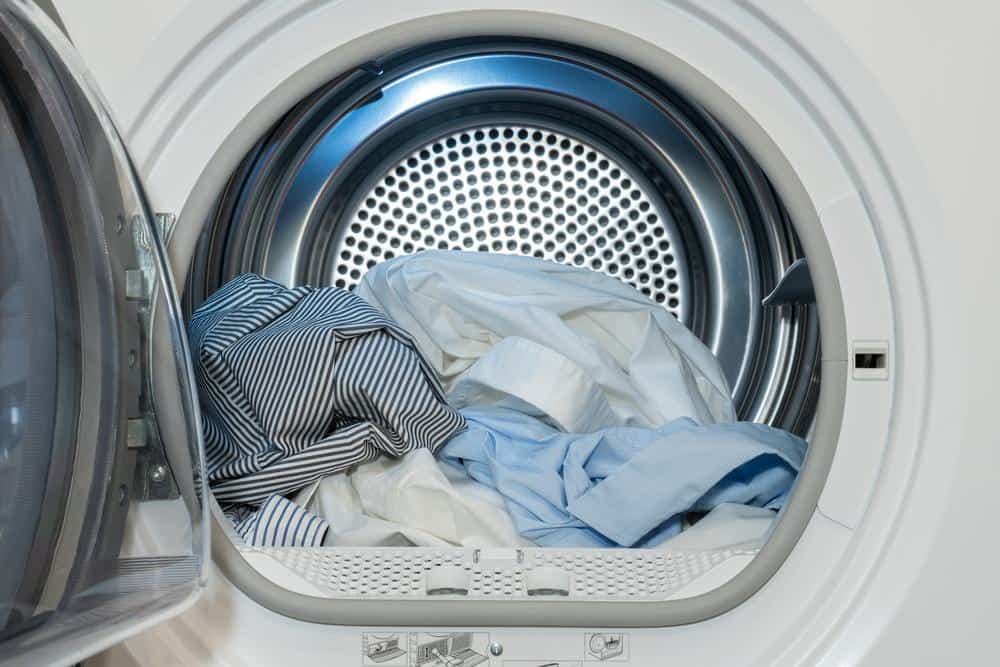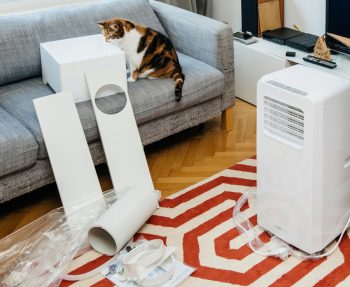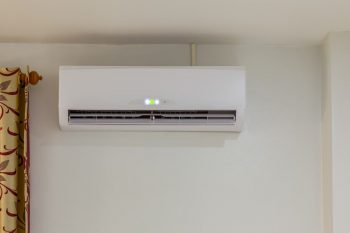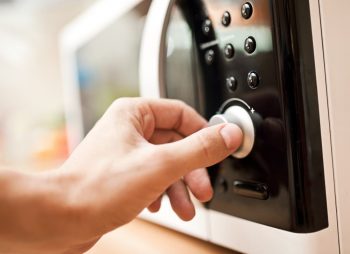
When it comes to maintaining and servicing your home appliances, understanding the technical aspects can feel overwhelming. One such area is knowing the correct wire gauge for your dryer heating element. In this comprehensive guide, we will delve into the world of wire gauges, their relevance to your dryer, and how to choose the right one.
The wire gauge needed for your dryer heating element depends on the amperage required by your dryer. Most residential electric dryers require a 30-amp circuit, for which a 10-gauge copper wire is suitable. For a 40-amp circuit, an 8-gauge copper wire is needed, and for a 50-amp dryer, a 6-gauge copper wire is recommended. Always consult local electrical regulations and your dryer’s specifications to ensure you’re using the correct wire gauge.
Understanding Wire Gauges
Wire gauge is a standard unit of measure for the diameter or cross-sectional area of a wire, which in turn affects its electrical properties such as resistance and current-carrying capacity. The American Wire Gauge (AWG) system is a standard method for measuring and identifying wire thickness for electrically conductive wires. In this system, a lower gauge number indicates a larger diameter wire.
When it comes to your dryer heating element, the wire gauge is crucial. It determines how much current can safely pass through the wire without overheating.
Importance of Choosing the Right Wire Gauge
Choosing the correct wire gauge for your dryer heating element is essential for several reasons:
- Preventing Overheating: A wire gauge that’s too small may not be able to handle the current flowing through it, leading to overheating. This can cause insulation damage, melting, and even fire hazards.
- Ensuring Efficient Connections: An inadequate wire gauge can result in poor connections between the wire and the heating element, causing heat buildup and potential damage.
- Maintaining Efficiency: Using a wire gauge that’s too small can limit the current flow, reducing the efficiency of the dryer and potentially increasing energy consumption.
What Gauge Wire Do You Need for Your Dryer?
For a typical residential dryer heating element, the wire gauge depends on the amperage required by the dryer. Most electric dryers require a 30-amp circuit, for which a 10-gauge copper wire is suitable. If your dryer requires a 40-amp circuit, you will need a thicker 8-gauge copper wire. For a 50-amp dryer, a 6-gauge copper wire is recommended.
However, it’s important to note that these recommendations are for copper wires. If you are using aluminum wires, the sizing will be different. Always consult local electrical regulations and the dryer’s specifications to ensure you are using the correct wire gauge for your specific dryer model.
Signs of Incorrect Wire Gauge
How can you tell if the current wire gauge on your dryer heating element is incorrect or causing issues? Here are some signs:
- Burnt or Melted Wires: This could be due to a poor connection or an incorrect wire gauge.
- Overheating at Connection Point: Excessive heat at the connection between the wire and the heating element could indicate an issue.
- Difficulty in Attaching Wires: If you find it hard to attach the wires to the heating element, the wire gauge might be incorrect.
- Frequent Heating Element Failures: This could be due to an incorrect wire gauge or poor connections.
Replacing the Wire on a Dryer Heating Element
To replace the wire on a dryer heating element safely and effectively, you would need some essential tools and materials, including a screwdriver, pliers, socket wrench, new heating element or heating element connecting wire kit, work gloves, and electrical tape or heat-resistant insulation.
Remember to always follow safety precautions and consult the user manual or a specialist if you are unsure about any step in the process.
Conclusion
Choosing the right wire gauge for your dryer heating element is crucial for the safe and efficient operation of your appliance. Consulting with a licensed electrician or researching your local electrical codes can help ensure that you are meeting all the necessary regulations. By understanding the basics of wire gauges and their role in your dryer’s operation, you can make informed decisions and keep your dryer running smoothly.
Frequently Asked Questions
What does AWG stand for in terms of wire gauge?
AWG stands for American Wire Gauge, a standardized system used for measuring and identifying wire thickness for electrically conductive wires.
What are the dangers of using a wire gauge that’s too small for my dryer?
Using a wire gauge that’s too small for your dryer can lead to overheating, which can cause insulation damage, melting, and even fire hazards. It can also result in poor connections between the wire and the heating element, causing heat buildup and potential damage.
Can I use aluminum wires for my dryer heating element instead of copper wires?
Yes, you can use aluminum wires for your dryer heating element. However, the sizing will be different from copper wires because aluminum wires have different electrical properties. Always consult local electrical regulations and the dryer’s specifications to ensure you are using the correct wire gauge.
What tools do I need to replace the wire on my dryer heating element?
To replace the wire on your dryer heating element, you would need a screwdriver, pliers, socket wrench, new heating element or heating element connecting wire kit, work gloves, and electrical tape or heat-resistant insulation.
What are some signs that my dryer’s wire gauge is incorrect?
Signs of an incorrect wire gauge on your dryer heating element could include burnt or melted wires, overheating at the connection point, difficulty in attaching wires, and frequent heating element failures.












